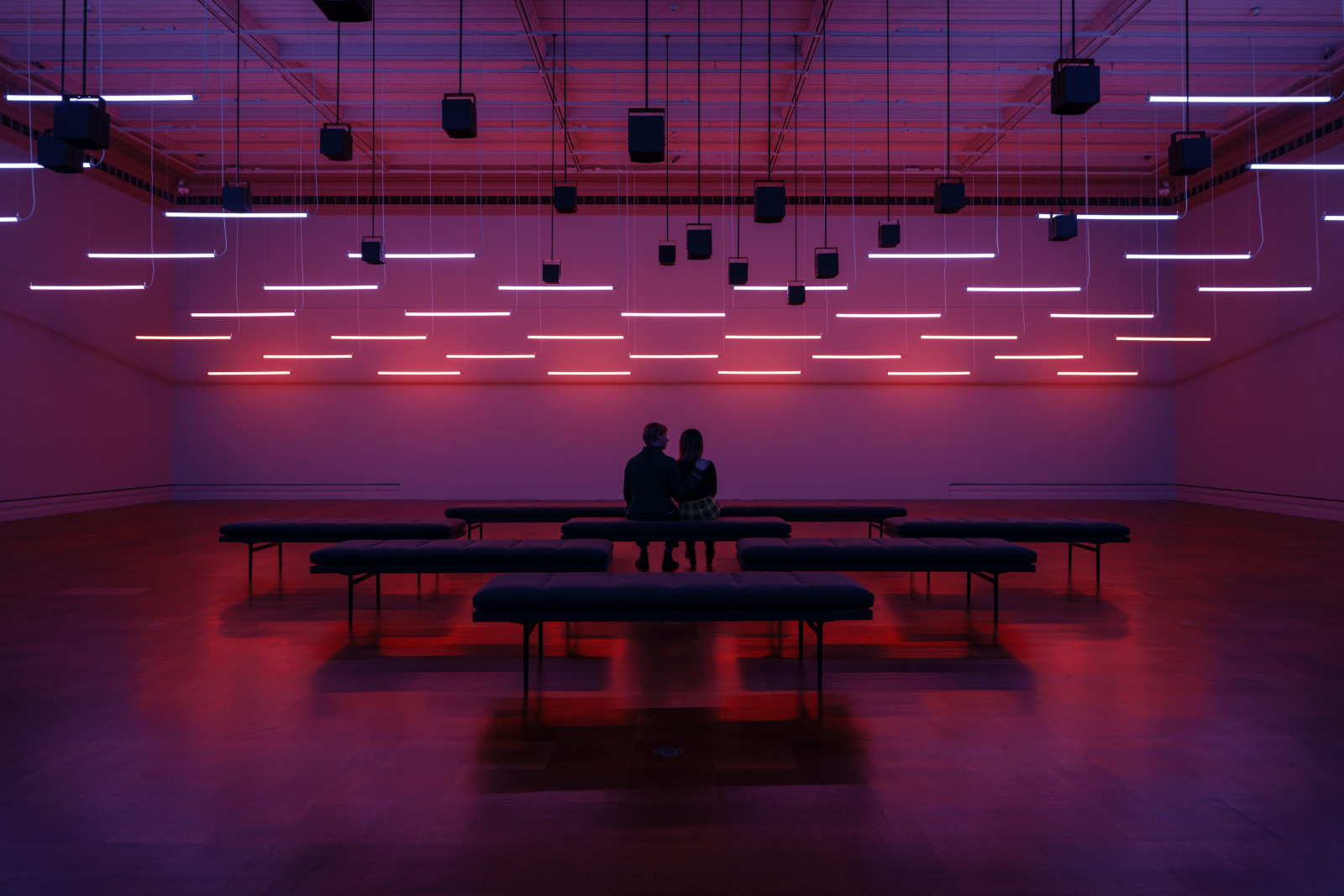Hexagonal Bottle, Fruit Type, Series A
Hexagonal Bottle, Fruit Type, Series A
Place of OriginPhoenicia, possibly made in Sidon
DateProbably second half of 1st century
DimensionsH: 3 1/8 in. (8 cm); Rim Diam: 7/8 in. (2.3 cm); Diam: 1 3/4 in. (4.45 cm); Base Diam: 7/8 in. (2.3 cm)
MediumGlass; mold blown, tooled.
ClassificationGlass
Credit LineGift of Edward Drummond Libbey
Object number
1923.435
Not on View
DescriptionThis mold-blown hexagonal bottle (Fruit Type, Series A1, Generation A1a-yy) is made of possibly transparent pale blue glass, though the color is difficult to determine due to weathering. The neck was free-blown, and the body was shaped in a three-part vertical mold (MCT IV A), with seams meeting at the center of the flat base. Relief is moderately crisp. The rim is folded outward, upward, and inward. A cylindrical neck connects a convex circular shoulder and bottom, which are joined by a hexagonal body. Decorative elements match those of Cat. No. 36 (TMA 1923.433), featuring six panels with fruit motifs—pomegranate, cedar cone, and grape bunch—set between vertical ribs and framed by a simplified egg-and-dart band.
Published ReferencesLightfoot, Christopher S., "A Roman Glass Flask in the Gaziantep Museum," Anatolian Studies, Journal of the British Institute of Archaeology at Ankara 35, 1985, pp. 124-125, no. 16.
Stern, E. Marianne, Roman Mold-Blown Glass: The First Through Sixth Centuries, Rome, Italy, "L'Erma" di Bretschneider in association with the Toledo Museum of Art, 1995, cat. no. 39, p. 133.
Probably second quarter of 1st century
Perhaps second quarter of 1st century
Probably mid-1st century
Probably second half of 1st century
Probably second quarter of the 1st century
Probably first half of 1st century
Probably first half of 1st century
Probably first half of 1st century
Probably second quarter of 1st century
Probably second quarter of the 1st century
Probably mid-1st century

Membership
Become a TMA member today
Support TMA
Help support the TMA mission



